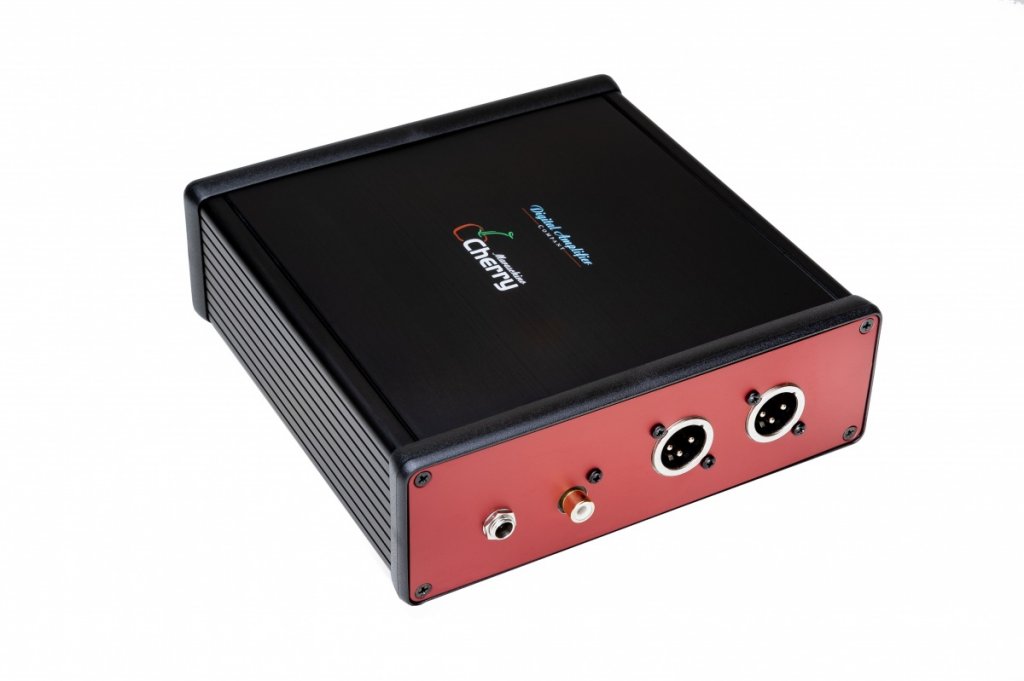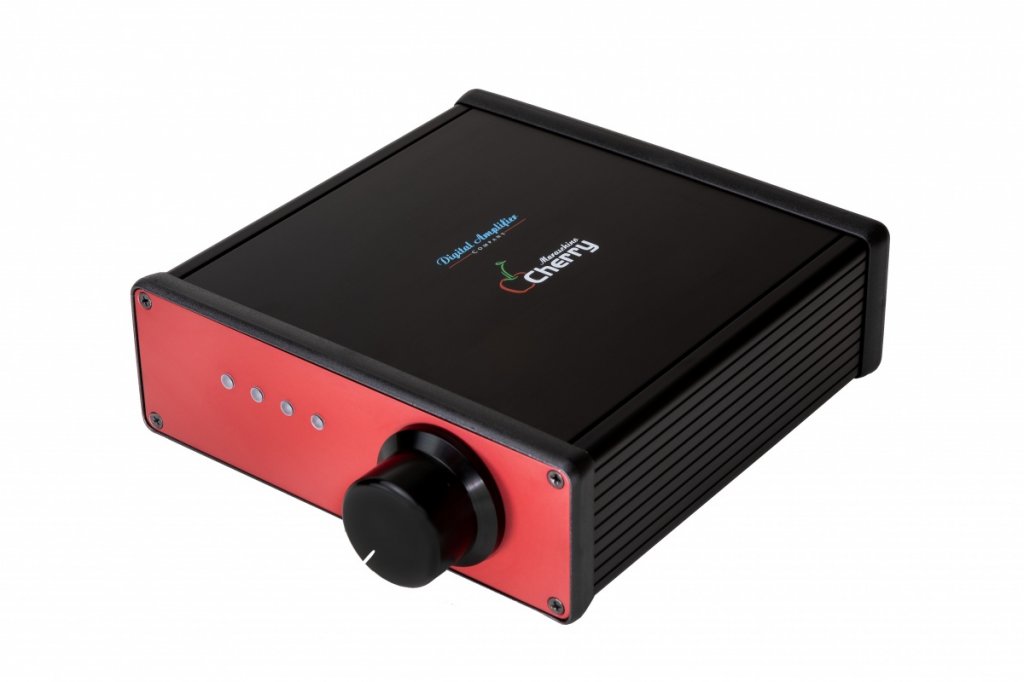You might recognize some common themes below, and this is about much more than just our Cherry DAC DACs....
We have measured performance of the Cherry DAC DAC (version 1 HS/TL, 130dB+ version 2 HS/HSV) driven by our 1-ft UHF SPDIF gold cable while varying jitter from none until the DAC can't even lock. The results for THD+N vs amplitude, THD+N vs frequency at 100mFS, THD+N vs frequency at FS, FFT of -60dBFS @ 1kHz, Frequency Response, and SNR
DO NOT CHANGE from jitter. In other words, jitter has
NO EFFECT on the DAC DAC's performance as long as it's not bad enough to throw off the interface as a whole, which is WAY more than any reasonably designed source would have! Why? The data is internally re-clocked by a tight tolerance "pico clock" oscillator.
You may find the same with other high performance DACs, but they never seem to state this fact. Maybe they want to sell you a re-clocker later on to improve their "
sloppy DAC". We don't recommend such devices between the audio data source and DAC simply because they don't produce any performance enhancement with our
properly designed Cherry DACs. There's never been an argument to the contrary that holds water. Also, consider the source of such an argument. Consider what they're selling. Be extra weary of any comments pertaining to things that supposedly can't be measured. My test equipment can reliably tell the difference between 0.001% and 0.002% THD, but no human can. Same for 120dB SNR vs 122dB. Same for 10° vs 12° of phase shift. Same for.... You get the point....
I believe in my test equipment more than any rhetoric, conjecture, or hyperbole.
Another important fact.... The Cherry DAC DAC's INTERNAL power supplies use multiple isolation, regulation, and filtering steps. This assures immunity to power supply fluctuations at least to +/-1Vpp from the external power supply! PLUS.... The external power supply is regulated, so there's no need for any power conditioners or an "improved power supply"!
This is how well designed equipment works, folks. It is able to meet spec out of the box and without the need for any "fixes" like jitter removal or a better power supply.
One semi-exception to the "works to spec" thing.... In order to test our Classic Cherry and MEGA series amplifiers at their highest
continuous power levels, a fat power cord is necessary. This is NOT necessary for music reproduction, however, because average power is much higher when reproducing a continuous sine wave. The cord we provide (when requested) with our amplifiers is several gauges smaller because performance reproducing just about any music will NOT be affected by using a fancy ultra-low gauge power cord. We'll discuss the atrocities regarding misinformation about cables some other time....
....and the results are always confirmed by listening tests, of course.
We've proven expectation bias many times by simply not switching something that was supposedly switched during demos. It's a bit like a magic trick, which is ironically the way snake oil salesmen convince the unsuspecting buyer....
It's important that listeners understand expectation bias and placebo effect. Many listeners claim to hear something different when there is indeed no difference (nothing was changed, but they thought it was). Improvements that are so-called "subtle", in many cases, don't actually exist. I could go on about this for days, but I think it's important to point out that digital data transportation typically works or it does not. The only reason for the fancy cable is to assure no errors in the data. Same goes for USB cables. Super expensive USB cables are certainly snake oil. It's NOT the same with analog signals, but we're taking about digital here. It's data. Regarding subtle effects, one day I was talking to a salesman at a dealer about speaker isolation platforms. There were other people standing near us when he said the improvement was subtle. After the others walked away, I said "Subtle as in non-existent?". He smiled and said "You got it!".
Here's a photo of the Cherry 130dB+ DAC DAC HSV. It uses a analog pot controlled digital attenuator instead of adding anything to the analog signal path, which is about one inch long in all DAC DACs....

